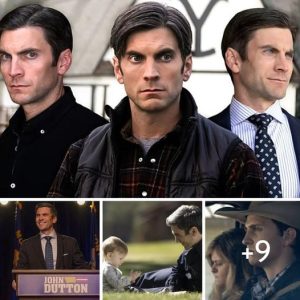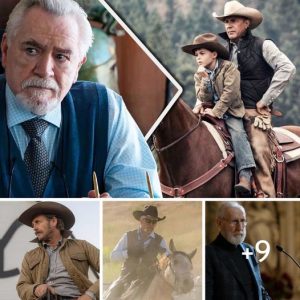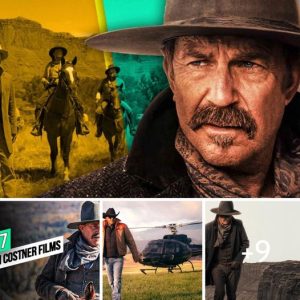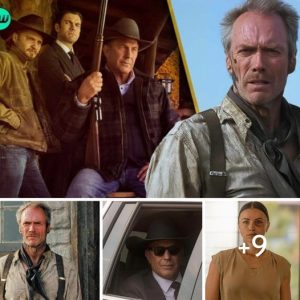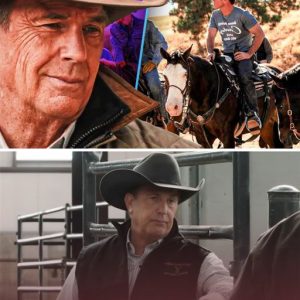Now that Kevin Costner’s exit from Yellowstone has been made official,
it’s anyone’s guess as to how the hit neo-Western drama will conclude.
Season 5 was always meant to be the show’s final season, which is part
of the reason it got split into two eight-part segments. Butnow, without John Dutton at the helm, it’s hard to see how Taylor Sheridan will be able to carry the narrative much further. While some argue that Yellowstone could survive without Costner, there’s no denying that he was the initial draw that brought people to the Paramount
series in the first place. With Costner bowing out, the best way to continue to expand the Yellowstone universe beyond the flagship series would be if Sheridan and company looked back at the Duttons’ past to build upon the mythology that the main series rests on. That’s right; if we want more Yellowstone in the future, then the only way forward for the franchise lies in the past.
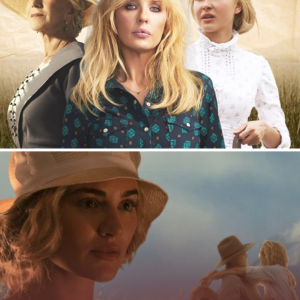
The truth is that Yellowstone has gotten somewhat repetitive over the years. While folks have stuck around for the characters, the series itself has felt like it’s been going in circles for quite some time now. Every time Beth (Kelly Reilly) seems to be progressing forward and moving past her trauma, things with Jamie (Wes Bentley) start back up, and she has a complete meltdown in front of the whole family. Every time Kayce (Luke Grimes) says he and Monica (Kelsey Asbille) are done with the Yellowstone for good, they’re pulled back in again. Every time Thomas Rainwater (Gil Birmingham) says that it’s time to clean up the Broken Rock Indian Reservation, well, not much has happened. There’s always a new group trying to take over the ranch and build an airport or resort of some kind in Paradise Valley, and there’s always some big conflict that feels like we’ve already seen before. Frankly, the only character with consistent and lasting growth is Jefferson White’s Jimmy… Everyone else seems to regress to their old ways.
It makes sense that Season 5 is the finale for Yellowstone, and hopefully the final batch of episodes will bring our favorite characters to a proper and meaningful conclusion. Though, with news of a sequel series currently in development, the fear is that we’ll continue to get more of the same. That’s where the prequel shows come in. Between 1883, which chronicled the first Duttons to settle in Montana, and 1923, which explores the Duttons fighting through Montana’s Prohibition and Great Depression, it’s clear that some of the most interesting Yellowstone characters are actually those who first built the Dutton brand. Rather than following those who are watching it crumble around them, the franchise ought to return to olden times when everything was very literally life-or-death. Take 1883, for instance, which Taylor Sheridan once described as “a ten-hour movie.” The miniseries not only chronicled the horrors and hardships of westward expansion but detailed the history of the first Duttons, which helps us understand why the land was so precious to their ancestors.
1923 does something similar as we witness the brutal realities of the Duttons trying to both expand their reach and become the cattle moguls they’ll eventually be. Sure, in some respects, 1923 feels most like Yellowstone between the two prequels because of the similarities in plot, but the historical aspect of the series is what makes it notable. That and, of course, the excellent performances by Harrison Ford and Helen Mirren. It’s no wonder that 1923 was renewed for a second season, though we’d take a few more if Sheridan and company were interested. Where Yellowstone feels like it continues treading the same old ground, these prequels prove that there’s a lot more life in the often unknown portions of Montana’s past. What happened in all the years between 1883 and 1923? We see some of that via flashbacks in Yellowstone’s fourth season, but there is still so much left to tell. Neo-Westerns are great, to be sure, but nothing beats a traditional Old West tale.
Part of the reason folks connect better with 1883 and 1923 than they do with Yellowstone is because of the struggles these characters go through. Unlike the Duttons of the 21st century, their 19th and 20th-century counterparts had very real and honest working-man struggles. Whether it was moving across the country, fighting tooth-and-nail to make a living, or the sudden death of a loved one (something Yellowstone sometimes forgets about), the prequel Duttons feel more relatable than their often stuck-up and out-of-touch descendants. This isn’t to say that we can’t find common ground with Kayce, Monica, or Rip (Cole Hauser), just that they’re more removed from the real world than those who interact with real-life historical figures. Again, Yellowstone keeps us around because we love (or at least tolerate) its main characters, but it’s the prequels that excel at giving its heroes real depth.
There’s no denying that Spencer Dutton (Brandon Sklenar) has more charisma and personality than Jamie or Kayce. In one season of 1923, we see him fall in love, risk everything, and venture back toward Montana to ensure his family doesn’t fall into ruin. Over many years, Kayce and Jamie continue to bounce back and forth about what they want to do with their lives, and are either at complete odds with their father or in his good graces, depending on the season. We cannot wait to see Spencer’s globe-trotting adventures continue into the second season, while we’ve grown sick of seeing the same old thing with Jamie and Kayce. And let’s not even bring Beth into this, who is a far inferior leading lady compared to Isabel May’s Elsa Dutton from 1883. Elsa may be headstrong and a bit ignorant concerning the world at times, but at least she had more than one personality trait, and had a complete character arc to boot.
While nobody is Kevin Costner, the prequel patriarchs, James (McGraw) and Jacob (Ford), certainly rival John Dutton. Not only are they as complex as Yellowstone’s leading man, but they’re arguably more likable characters as well, even when they do things we disagree with. John continued to become more likable as Yellowstone went on, as he built a real relationship with his grandson and reportedly repented of many of his evil deeds, but we liked James and Jacob from the very start. Again, this isn’t to say that Yellowstone just has bad characters. It doesn’t. Many of the Duttons, though seriously unlikable at times, are compelling to watch on the screen, if not just because of the excellent performances and engaging dialogue. It’s just that, with their limited episode counts, the prequels are able to construct more fulfilling and permanent character arcs that sit better with audiences, thus emphasizing their rewatchability.

